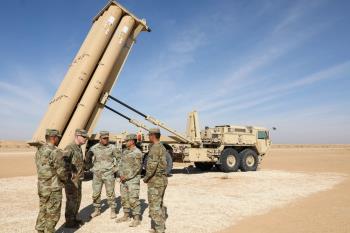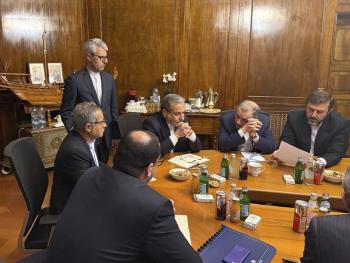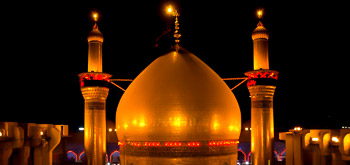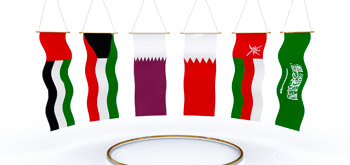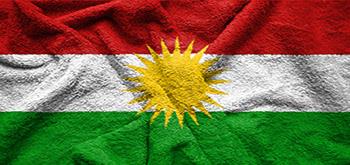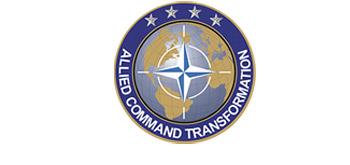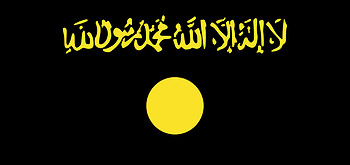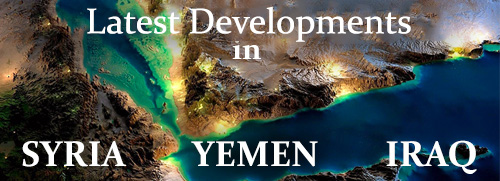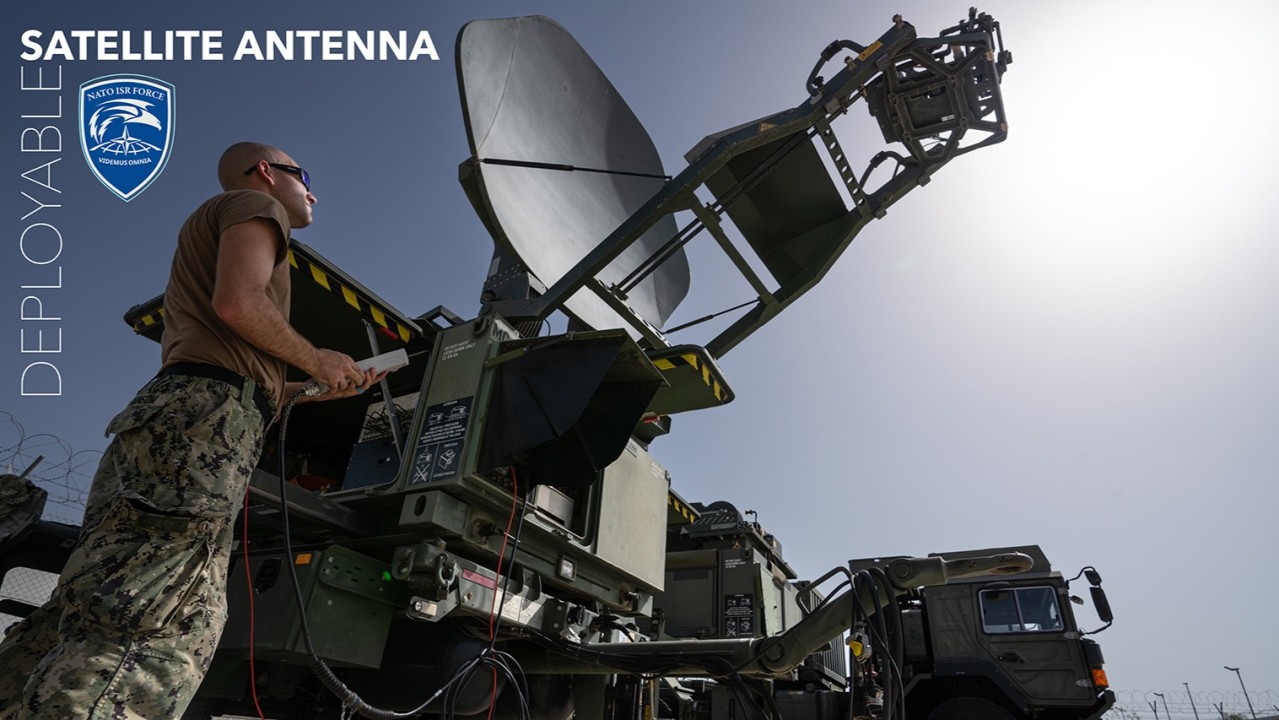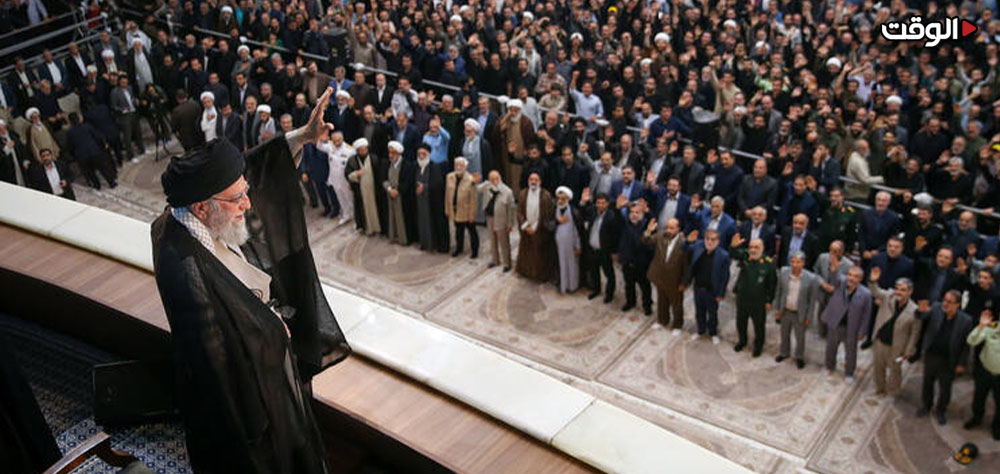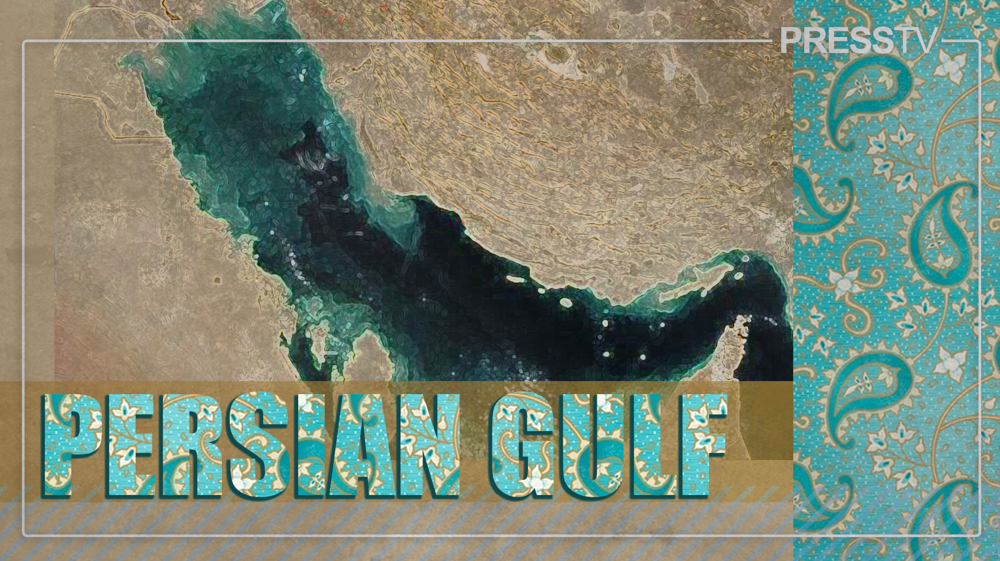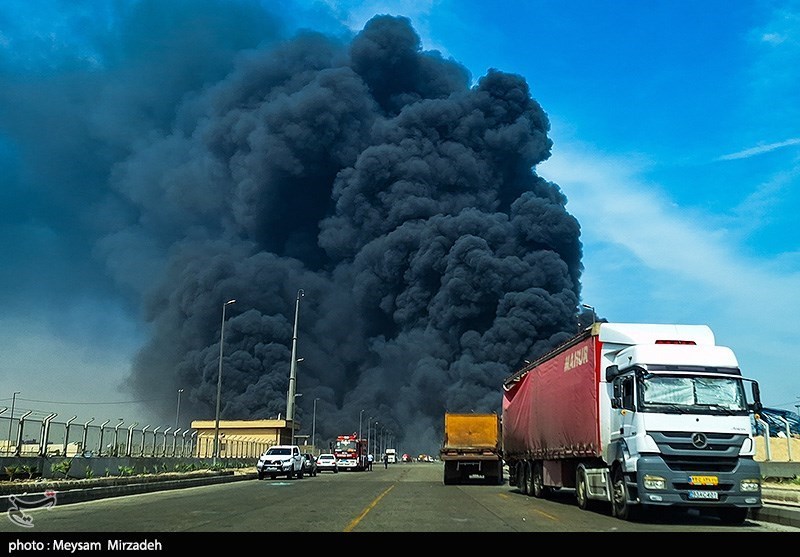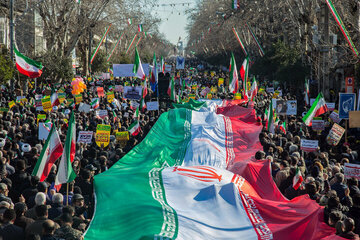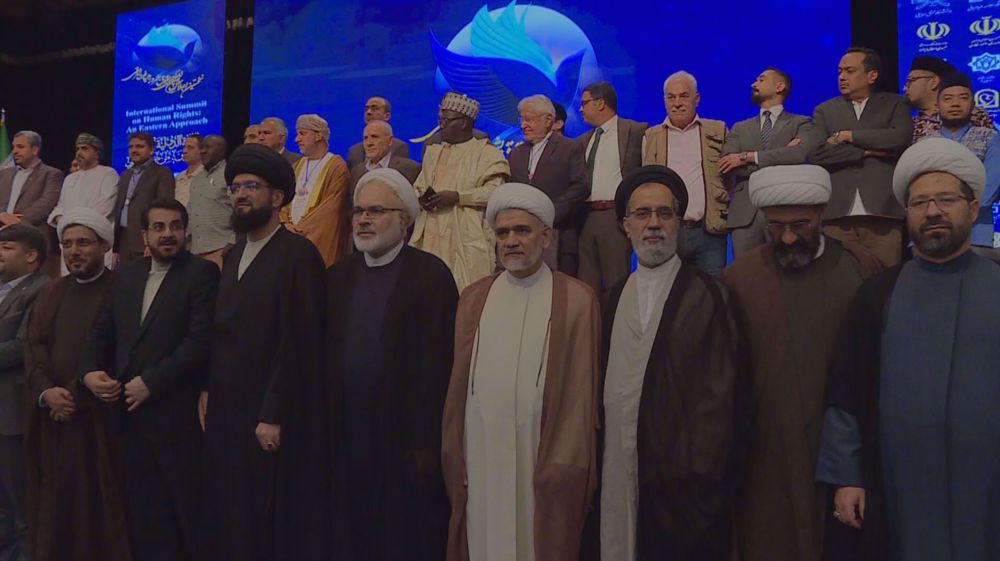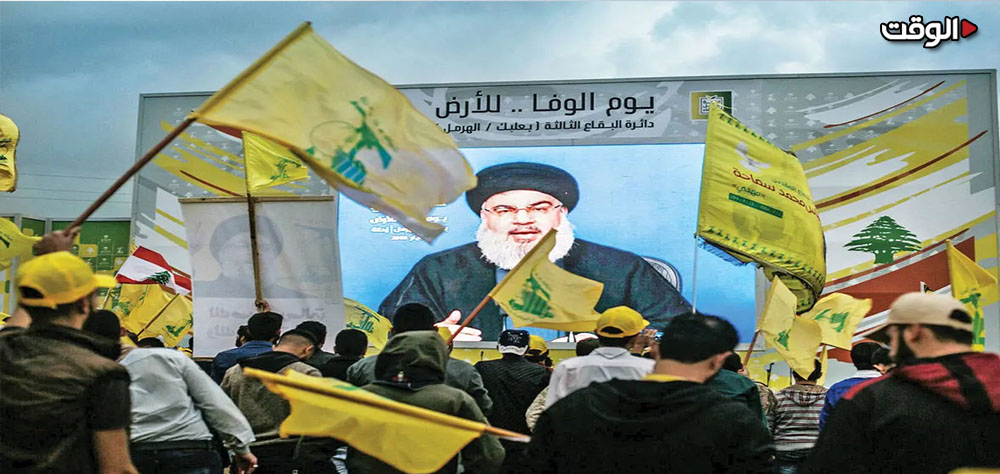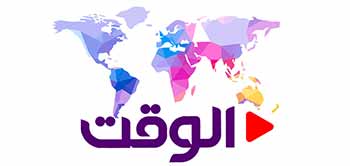Alwaght- The 12-day war between Iran and Israel was not simply a limited military confrontation, rather, it was an example of a multi-layer and complicated clash between Tehran and a collective coalition of intelligence and security of the Western powers, Israel and some regional states.
The Iranian Intelligence Ministry in an unprecedented statement called the war as “hybrid warfare”, combining military, intelligence, cognitive, media, terrorist, and cyber aspects. This war waged against Iran in the shadow of the close cooperation with Israel of the Western intelligence agencies and their regional allies can now be analyzed as an “intelligence NATO against Iran.
Concept of intelligence NATO: Anti-Iranian security alliance
The formation of an intelligence arm of NATO is a new initiative in the more than 70-year history of the Western military bloc.
The NATO Intelligence, Surveillance and Reconnaissance Force (NISRF) was initially established in 2015 as the NATO ground surveillance force, which conducts and supports integrated surveillance and reconnaissance operations in coordination with its Air Command. NISRF facility is located at the Sigonella Operational Base in Italy.
Understanding the structure and specifics of intelligence NATO is of strategic importance for countries such as Iran that are exposed to hybrid or combined warfare. This knowledge can prevent intelligence surprises, enable preemptive cyber and cognitive attacks, and help design passive defense strategies.
Unlike national intelligence agencies such as the CIA or MI6, less has been written about intelligence NATO, largely due to its short history, the complexity of NATO’s multinational structure and collective decision-making, the high level of classification of joint operations information, and the focus of academic studies on national institutions rather than international intelligence agreements.
Since its inception during the Cold War, NATO has been a platform for the military alliance of Western countries against the Soviet Union. In contrast, what we see today in the face of Iran is the synergy of Western intelligence agencies with the Israeli regime, the US, Britain, France, Germany, and even some Persian Gulf Arab monarchies, which is very similar to NATO in terms of structure, function, and goals.
Organizations such as Mossad of Israel, CIA of the US, MI6 of Britain, DGSE of France, and BND of Germany have formed a network of intelligence cooperation that supports anti-Iranian projects through operational coordination. This coordination ranges from data exchange to joint operations, espionage, sabotage, assassination, psychological warfare, and urban riot management.
Goals of anti-Iranian intelligence coalition in 12-day war
An important statement from the Iranian Ministry of Intelligence, which revealed the behind-the-scenes of the intense intelligence warfare during the 12-day war, classified the plans, operational methods, and goals of NATO’s joint intelligence cooperation with Mossad as follows:
1. Multi-stage overthrow plan
The Iranian Intelligence Ministry has held that thud was part of a broader project to overthrow the Islamic Republic, partition of Iran, and forcing the government to submit to the West. The plan rests on the following elements:
- Limited but noisy military incursion by Israel
- Global media coverage to support cognitive warfare
- Urban unrest coincides with military attacks
- Networking with dissidents and separatist groups
- Targeted assassinations of Iranian officials and scientists
- Cyberwarfare and disruption of military communication and control systems
2. Using modern equipment
According to the statement from the ministry of intelligence, the enemy used advanced technologies in this war:
- AI and data analysis algorithms for psychological and cognitive operations
- Signals intelligence (SIGINT) and communication tools
- Quantum technology to break encryption
- Imaging satellites to monitor Iranian military movements
Intelligence ministry’s successes: Beating intelligence NATO on the Iranian ground
The intelligence ministry’s statement shows that along with great field successes, the Iranian armed forces especially the air defenses and IRGC’s Aerospace Force, the ministry’s forces vigilantly and round the clock worked to foil the opposite front’s push against Iran. Here are some of their successes:
1. Security and counter-intelligence penetration
Iran penetrated Israeli security structures and obtained sensitive enemy information. Here are examples:
- Discovering and thwarting 13 assassination plots against Iranian officials
- Arresting 20 Mossad spies in various provinces
- Identifying and monitoring enemy spy bases on the borders
2. Countering terrorism and separatism
- Arrest of 50 takfiri terrorists and 3 ISIS commanders
- Discovery of weapons and ammunition depots at border points
- Neutralization of plans to sow unrest in the western and southeastern regions of Iran
3. Foiling exile government project
Here are some successful actions by the ministry:
- Uncovering US and Israeli efforts to form a monarchist puppet government abroad
- Arresting 122 mercenaries trained for riots in Tehran
- Countering Zionist religious propaganda in cyberspace
4. Cyberspace and social media
- Identifying active destabilizing campaigns on social networks
- Tracking intruders in the country’s cyber networks
- Preventing soft penetration in universities and scientific centers
NATO-Israel relations: Tel Aviv not a member but influential
The Israeli regime has been seeking strategic relations with the NATO since 1950 and after 1994 agreement, it has been a NATO intelligence, military, cyberspace, and security partner. Since 2016, Israel gained the highest level of operational access to the NATO without official membership after Turkey lost its veto right.
Although maintaining the security and interests of the regime in the region, including its military superiority, has always been the core of strategies of Tel Aviv’s Western allies, and by understanding this, one can understand the history and depth of support and intelligence cooperation with the Mossad, the partnership with NATO has led to the strengthening of Tel Aviv’s role and cooperation in NATO security projects and intelligence cooperation with the NATO’s NISRF, including providing data about Iranian drones (such as the Shahed-136) to NATO and Ukraine.
Last year, Haaretz revealed that Israel had transferred intelligence about Iranian drones to Ukraine through NATO. This information included a database of technical specifications of Iranian drones, algorithms for intercepting and countering them, and classified information from Mossad security sources and Israeli military intelligence.
Conclusion: Future war is intelligence war
The 12-day war showed that the future wars are more than just military conflicts and will have intelligence, cyber, and cognitive aspects. Iran is facing a complicated structure of intelligence threats guided and posed by the intelligence NATO. However, by preemptive measures, the Iranian Intelligence Ministry managed to frustrate part of this plot. But continuation of these threats shows that the intelligence war has already started.
Accurate knowledge of the enemy’s structure, high technical and analytical capabilities, and investment in training intelligence elites and cyber defense will be Iran’s vital need to weather the intelligence minefield ahead.

